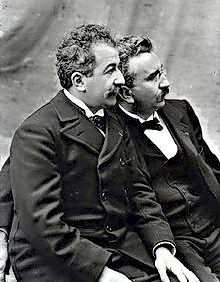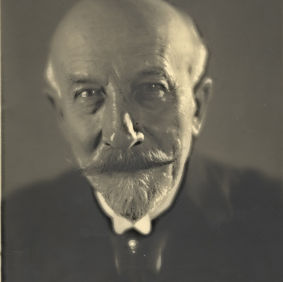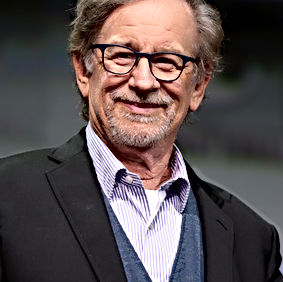
LEARNING AIM A:

*TYPES
1) What is a "Shot"?
2) What is a Sequence?
3) What is "Editing"?
4) What is the "Role of the editor"?
5) What is "Continuity editing"?
6) What is "Non continuity editing"?
7) what is "Montage editing"?
1) What is a "Shot"?

A Shot is a continuous view of a series of frames running for several seconds or minutes long uninterrupted. It can also just be a single take with a single camera.
A variety use of shots pieced together in film, help make the production entertaining aswell as conveying the mood and setting further with movements and angles.
2) What is a "Sequence"?

A Sequence is made up of several scenes/shots, making up most of a film to show the narrative or the action unfolding.
3) What is "Editing"?

Editing is the process of manipulating, rearranging and preparing written documents, audios, photography improving the quality, content and overall structure to convey a message or information.
4) What is the "Role of an Editor"?

The Role of the Editor is to make effective editorial decisions and continually enlighten them on ideas and to update the progress of the project.
5) What is "Continuity" Editing?

Continuity Editing is a common style of editing that ensures and maintains the narrative action and structures that its easy to watch and it makes sense.
6) What is "Non-Continuity" Editing?

Non-Continuity Editing is the opposite of continuity editing as the shots are being mismatched. The cutting process is noticeable for this sale of editing, disturbing the illusion of Reality.
7) What is "Montage" Editing?

Montage Editing is the process of using series of separate still images or clips into a sequence to evoke an idea or state of mind. It helps to epahises he meaning and also the relationship between shots.
"Montage" in French means "editing or "assembly".

*HISTORY
Timeline of people, Collaborations, Inventions, Technology, Style etc
Click on each picture to read more information about these influential figures

*NARRATIVE
Narratology is the study of narrative and its role in the construction of meaning within the world around us. To construct a narrative is to impose meaning on events by placing them in a particular order.
Narrative Devices:
Enigma Codes:
Enigma Codes is simply a theory that suggest media texts, portray mystery giving a sense of ambiguity to the audience. This keeps them hooked and intrigued in the piece. Murder mysteries and drama use enigma codes to slowly reveal the narrative before the end.
Linear:
Linear or Linear Medium is referencing to tradition television viewing experience. So the viewer watches specific programmes at its scheduled time.
Non-Linear:
Non-Linear is a form of media that can accessed and interacted with by the consumer. They are able to watch certain shows and videos on demand. It doesn't follow tat one way structure as ur able to be free in any order.
Multi-Strand Narratives:
Many works in the media are composed of Multiple Narrative Strands and its when a story is told thru two or more existing characters and their perspectives at once.
Serial Narrative:
Serial Narrative is the story of the writers ideas and the reaction of their audience and an ongoing narrative that has to read in the correct order.
Series Narrative:
A Series Narrative is any account that belongs to the same franchise but can be read in any order because individually they're a self contained story even if u bonnet with one another.
Flexi-Narrative:
Out of all narrative structures, Flexi-Narratives are the most complex. This is because as the media text progress, more narratives intertwine with each other and progress with complex, ambiguous characters creating tension and mystery.
Episodic Drama:
Episodic Drama is wen each episode is its own stand alone story and are constructed in small chunks. Each episode tends to have a narrative of its own adventure rather that being lengthy.
Unrestricted Narrative:
Unrestricted Narrative is when the viewer knows more than the character which helps build suspense.
Restricted Narrative:
Restricted Narrative is the opposite of Unrestricted Narrative as it limits the viewer to what the character know or less than. This can lead to curiosity and then surprise.

*TECHNIQUES
STRAIGHT CUT:
Straight Cuts are one of the most basic editing techniques and is the foundation for nearly every edited scene because no effects are involved allowing one shot to abruptly end to the following shot. They are also known as "Hard Cuts", "A-B Cuts" and "Standard Cuts". They can create visually jarring moments in scenes for the audience. Heres an Example of Straight Cuts in this Batman clip:
TRANSITIONS:
Transitions are the stylistic motion graphic effects that are used between shots. A transition be as simple as a straight cut to very complex and specific. They also make scenes more smooth than jarring, giving of different feelings like suspense, or flashbacks depending on the context/narrative.
Wash -
Wash transition is when the entire frame becomes enveloped in colour. If the screen washes to the colour white, it can give the perception of hope and possibly the fact that its not actually the end...
Fade -
Fade is a gradual switch from a scene from or to black, to start or begin. Fading to black is the most dramatic transition
Dissolve -
Dissolve (also known as cross fades) is a classic transition between shots that gradually switches to one another. It's an alternative to a straight cut. Depending on how long the dissolve takes, could symbolize the amount of time passed within the narrative between two shots.
Wipe -
A wipe transition is an editing technique where one shots replaces another from one side of the frame to the other or a moving shape. A wipe can serve as a cliff hanger implying tension between shots.
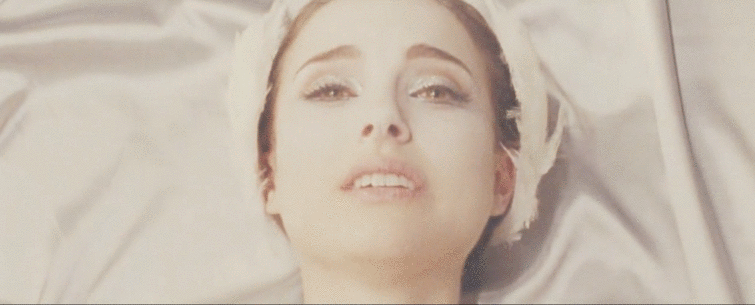


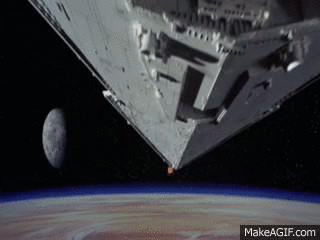
LONG TAKE:
A Long Take is when the shot has a longer duration that the usual editing pace without a single edit.. Great for suspense! Heres an Example of a good Long take from GoodFellas:
ELLIPTICAL EDITING:
Elliptical Editing is a method of film editing. Its used to change a long duration of clips to shorter, improved and interesting edits. Sometimes it can startle the viewer and make them question about what happened.

CUTAWAY:
Cutaway is the interruption of a clip with an inserted view of something else followed by a cut back to the first shot. Its usually a closeup of some detail rosetting adding visual information
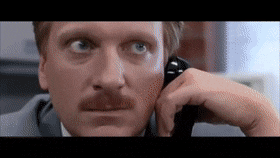
CUT-INS:
Cut-ins refer to showing some part of the subject in detail to sometimes emphasis a particular part of a scene and enhancing the mood and understanding of the moment. It also adds smoothness and continuity to the scene. Cut-ins and cutaways are related to the primary subject or action.
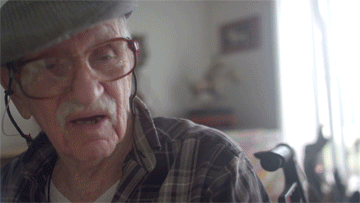
L-CUT:
L-Cut is when the audio from the preceding scene continues to play over the footage of the following scene.
J-CUT:
A J-Cut is the reverse of the L-Cut as the radio from the following scenes plays over the preceding footage of that scene.

EYELINE MATCH:
Eyeline Match is a film editing technique associated wit the continuity editing system as in the next shot you'll see exactly what the character sees from the same angle they appear to see it. Similar to POV shots (Point of view shots) but not quite.
Heres an example of Eyeline Match below:

MATCH ON ACTION:
Match on Action is when the editor cuts from view to view in different shots, the following shot(s) matching the first shots action so that it makes sense. With match on action done right, you can create the illusion that in the shots, all the actions are taking place at the same time and the audience will be unable to spot any hard cuts.

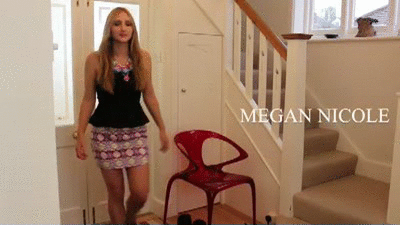
SHOT/REVERSE SHOT:
This is a film and framing technique used for the continuity editing system for when two characters are filmed separately using different camera angles. It appears that they are looking at each other.

REACTION SHOT:
A Reaction shot is a shot that cuts from the main scene in order to cut to a separate shot to show the reaction of a character to it.

ESTABLISHING SHOT:
An Establishing Shot (that can be also a wide or long shot) is a shot that shows the setting for context with usually a short duration to also set the scene. This can also set up a point of view and help develop characters.

30-DEGREE RULE:
The 30-Degree Rule just means that the the camera is being moved between shots it should move around 25 to 30 degrees with each shot. Heres a video that clearly explains the 30-Degree Rule:
180-DEGREE RULE:
In cinematography, the 180-Degree Rule states that the camera should stay on one side of an imaginary line between characters to preserve visual consistency.
Heres a video that clearly explains the 180-Degree Rule:
JUMP CUT:
In video editing, Jump Cuts is an abrupt transition between two shots of the same subject from the same or similar angle, making it look like the subject moved during time. They can be jarring for the audience being seen as mistakes and errors so generally they are quite bad. However, overall its a good editing technique to use and when used at the right time in the right situations, it can make the video entertaining.
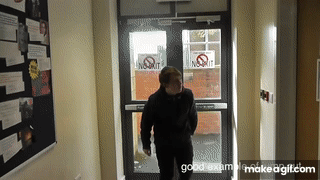
FREEZE FRAME:
A Freeze Frame in film is a single picture from it. They can be used to capture abstract concepts like atmospheres and emotions. They are nice to use at the end of the film/video to show a happy ending.
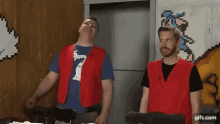
SLOW MOTION:
Slow Motion is when an action is occuring at a lower speed than it really was. It can create suspense before the climax of the action commences encouraging the viewer to play closer action

SPLIT SCREEN:
Split Screen is when two different pieces of film are shown at the same time In separate parts of the screen. It can rupture the illusion that the screen frame is a seamless view of reality.
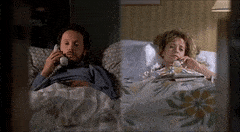
FLASHBACK / FLASH FORWARD:
A Flashback temporarily recounts events thats happened to fill crucial backstory whereas Flashforward is opposite as it takes the narrative forward in time.



*PURPOSES
MANIPULATING THE SENSE OF TIME (LINEAR/NON-LINEAR NARRATIVES) :
Techniques that control the sense of time are flashbacks/flash forwards, slow motions and elliptical editing.
CONTROLLING THE PERCEPTION OF SPACE TO CREATE A LOGICAL AND BELIEVABLE SPACE BETWEEN CHARACTERS/OBJECTS NOT SHARING THE SAME SHOT/ANGLE :
Techniques and edits that help to achieve this are split screens, elliptical editing, cut ins and cutaways because of how they evoke this feeling however making it clear that theres a space.
CONTROLLING THE RHYTHUM AND PACE OF TO CONTROL THE PACE OF PRODUCTION :
To control the rhythm and pace o control the pace of production, transitions are one good way to do this as you can make it look as if alot or little time has passed in any scene at any moment when necessary. Also Hard cuts (the most basic cut) is also another good way to control a pace.
CREATING A NARRATIVE THROUGH MOTIVATION (MOTIVATED EDITING) :
To create a narrative through motivation, long takes are one of the best technqiues to achieve this as they can help to build tension and other feelings.
CREATING A SENSE OF DRAMA THROUGH THE WITHHOLDING OF INFORMATION :
To create a sense of drama through the withholding of information, its great to use slow motions and freeze frame as they do this perfectly.
EMBRACING CONTINUITY BETWEEN SHOTS/ANGLES :
Match on action and cutaways are great editing techniques that embrace continuity between shots/angles because they all work together to make a scene smooth if done properly.
ENGAGING THE VIEWER THROUGH SUSPENSE AND CAUSING AN AUDIENCE REACTION :
To engage the viewer and cause reactions, reaction shots and cross cutting Is useful and effective.
FORM MEANING BY JUXTAPOSING ELEMENTS WITHIN EDITING AND CREATING A SENSE OF PERSONAL CONNECTION AND EMPATHY WITHA. CHARACTER :
Reaction shots, POV shots, establishing and eyeliner match are all techniques and angles that help audiences feel empathy for the characters as the media production goes on. Its helps them feel more intimately involved, escaping reality.
LEARNING AIM B:

*CONTINUITY
My Constructed edited sequence on Adobe premiere with continuity editing.
*EXPERIMENT
SHOOTING SCRIPT:

SCRIPT WRITING:

- STORYBOARDING -




*SEQUENCE
DEVELOPMENT PORTFOLIO:
The purpose of this continuity edited sequence is to film a person buying something from the shop. With this I could be as creative as possible for where, when and how the person shops as long as I have no continuity issus when filming. I Had no inspirations and influences except movie scenes. With a single camera, it was easier for me to start filming and stopping on the go without issues and it was also so much cheaper.
I just simply filmed a guy going into the shop and wanting to buy random things, on his way he finds things that he thought he wanted, things that he was struggling to reach on top of the shelves and things that he finally bought. Through my smooth continuity editing techniques such as straight cuts, I was able to achieve this.
I chose to film in Poundland and had my performer wear a casual winter black jacket. This is because I wanted to give of the impression that it was a random lovely day. I also had the performer talking to himself, some dialouge, so the whole video is not silent and unenjoyable.
I personally feel like I could've done better with the continuity, as some of the shots I feel like aren't as smooth and are noticeable. Also I feel like the performer could've been bit louder since they were quite quiet which makes the video quite tedious in my opinion.
I think I definetly shot the camera angles well, clearly displaying on where he went and his facial expressions.
I also like the music change that matches how he's feeling and what hes doing.
For my Storyboarding I drew some shots of what I was going to do for my continuity sequence project. I also wrote down the durations, audio and what frame panel they were.

*NON-CONTINUITY
My Constructed edited sequence on Adobe premiere with non continuity editing.
*EXPERIMENT
SHOOTING SCRIPT:

SCRIPT WRITING:

- STORYBOARDING -


*SEQUENCE
DEVELOPMENT PORTFOLIO:
The purpose of my edited sequence was to create an introduction for a reality TV show contestant Seeing as this wasn't a continuity piece, I was able to film multiple shots and edit them in chronological order following my script. I was inspired by the TV drama show Love Island and how the contestants present themselves at the beginning before entering the actual villa. I wanted my chosen performer to imitate their persona, accents and overall attitude.
I got him to introduce himself, openly and confidently to give off a bright and secure aura, just like how its done of the actual show. In between every bit of dialogue, I added a slow motion of him adding fun with a basketball (what he said he enjoyed doing) just to encourage the viewers to see his fun and goofy/bubbly side.
I filmed this in a dark room and used bright coloured pink/purple lights to connote charm, love and nobility creating a vibrant feel for the viewers. The choice of colour also helps how the viewers view him as a contestant. I like these colours and loved the way it turned out making him look happy and powerful.
I made sure the performer wore casual clothes to appear relaxed and natural with a humble vibe.
I used editing techniques such as jump cuts and slow motion to make it all more entertaining. I wanted the performer to appear friendly, confident likeable and ready to enter the villa.
I think I achieved this well seeing as the people that watched this said it was great and it is very entertaining.

CORE ASSESSMENT
LEARNING AIM B:
- NARRATIVE BREAKDOWN-

- SHOOTING SCRIPT-


- STORYBOARDING -
 |  |  |
|---|---|---|
 |  |
SCRIPT WRITING:
VIDEO LOG SHEET:


Shots in a cemetry




Shots in a field






